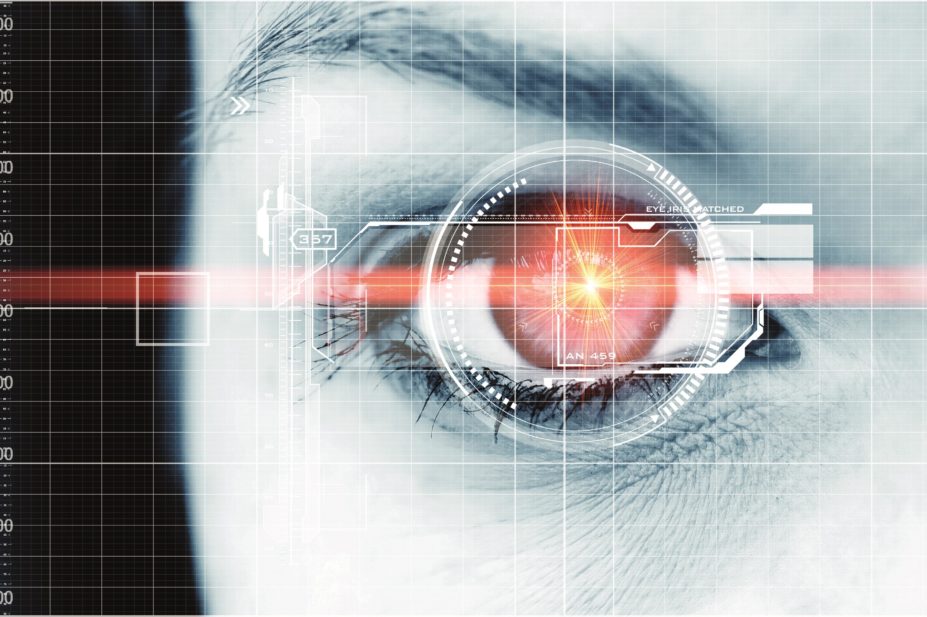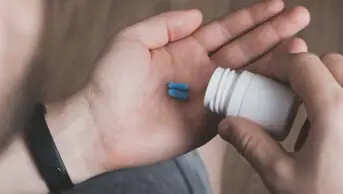
Shutterstock.com
Smartphones are increasingly being put to use as aids for various aspects of health, mostly at the moment with apps to measure fitness, exercise and diet. However, recent research opens up the possibility of monitoring glaucoma using a tiny device implanted in the eye. Readings from the device could be monitored by a smartphone. The technology could help prevent some people from going blind.
Glaucoma is an age-related eye disease in which there is progressive damage to the optic nerve, usually caused by raised intraocular pressure (IOP) with a loss of peripheral vision and, in some cases, blindness. The condition is irreversible.
Raised IOP is the focus of treatments for glaucoma, including eye drops and different types of surgery, and, for proper treatment, the ophthalmologist needs to be able to measure IOP.
The best method of measuring IOP is Goldmann applanation tonometry, which is performed by measuring the force required to flatten a predefined area of the cornea – the transparent front part of the eye – with a hard surface device. Although this method has been used for more than 60 years, it produces variable measurements, even in the hands of the expert. Such measurements of IOP are not always enough for managing glaucoma.
However, new research published in Nature Medicine describes a sensor that can measure IOP more accurately. This sensor is only a few millimetres long and can be implanted in the eye. This may allow for continuous monitoring, which could make a big difference for some patients at a critical stage of glaucoma. The tiny sensor is embedded within a synthetic lens of the type used to replace the natural lens in cataract surgery. The sensor works like a small barometer. Pressure causes fluid inside the sensor to move. The movement of the fluid can be tracked with a smartphone camera that has a special optical adapter.
There are some limitations with this new technology. Results so far are based on studies done in animal eyes. Also, how long the device may last is not yet clear. If continuous monitoring is needed, it must be able to last for a few years. Also, it will only be suitable for some forms of glaucoma. Another challenge is that of implanting the device in humans. The researchers involved in the new study suggest that the device will piggyback on an intraocular lens, which is commonly implanted in routine cataract surgery. This is a simple procedure that some patients with glaucoma and cataract already undergo.
It has been suggested that, because the lens of the eye plays a major role in the mechanisms leading to one form of glaucoma, then early lens extraction will improve glaucoma control in some types of glaucoma. This procedure is being trialled in humans and could boost research on implantable sensors.
Although this technology is in its infancy for human eyes, its remote-monitoring capabilities offer a promising approach for better care of patients with glaucoma. Pharmacists will keep a keen eye open for further progress.


